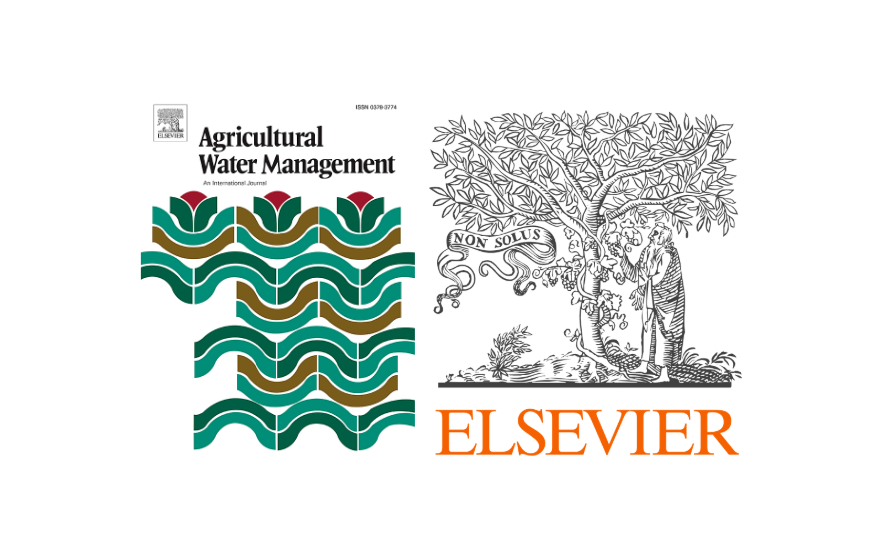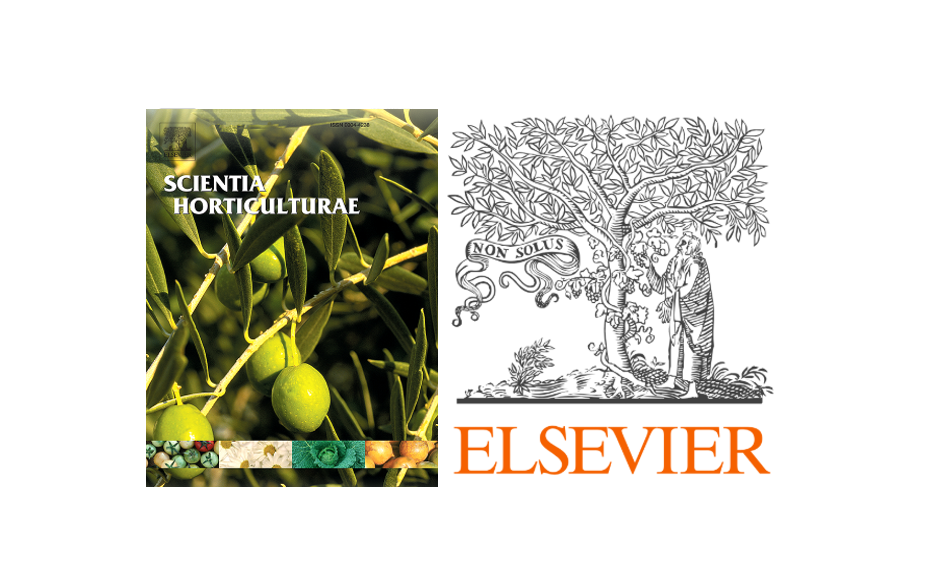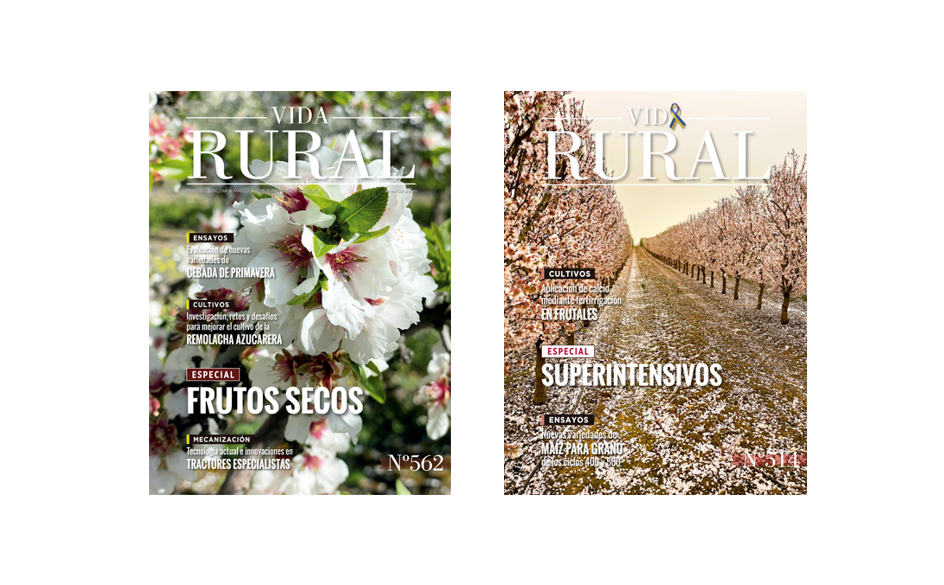Publications

Irrigation scheduling of an almond orchard using the water balance and remote and proximal sensing
Precise irrigation scheduling is essential to optimize water use in woody crops such as almond. This four-year study evaluated an irrigation strategy based on evapotranspiration estimated using LiDAR sensors and thermography in a commercial almond orchard (cv. Lauranne). Four treatments were compared, including over-irrigation and water deficit scenarios. Results showed that irrigation matched to actual evapotranspiration (control) maximized yield (2800 kg/ha), while neither over-irrigation nor deficit strategies improved productivity. Advanced technologies proved critical for informed decision-making. The study underscores the importance of long-term field trials to support more efficient and sustainable agriculture.
Learn more
Lidar-Based Assessment of Canopy Size Variability within a Single Irrigation Sector and its Impact on Irrigation Efficiency and Yield in Almond Orchards
This study evaluates how variability in almond tree canopy size affects water use and yield. Using LiDAR-derived structural data, researchers compared two irrigation models: one accounting for individual tree canopy differences and another assuming uniform tree size. Results show that considering canopy variability can achieve near-maximum yields (~95%, ~2000 kg/ha) with 10–15% less water (550–600 mm vs. >700 mm). Marginal Water Productivity also declined more quickly under the heterogeneous model. Ignoring within-sector variability leads to overestimated irrigation needs and reduced efficiency. Incorporating structural variability improves water-yield modeling and enhances irrigation scheduling—even without variable-rate irrigation systems.
Learn more
Smart Almond: cerrando la brecha del conocimiento y la tecnología para llevar el riego de precisión al cultivo del almendro
El Grupo Operativo Smart Almond nace con la intención de hacer más sostenible y eficiente el cultivo del almendro, aprovechando las ventajas de la digitalización y el uso responsable del agua. Basándose en experiencias anteriores, que demostraron cómo tecnologías como la teledetección y los sensores ayudan a entender mejor el balance hídrico del suelo y a tomar mejores decisiones de riego, el proyecto busca ahora llevar esta metodología a más fincas piloto que sirvan como ejemplo para otros agricultores. En este artículo se explican los aspectos técnicos de este enfoque y se muestran los resultados obtenidos en una finca comercial, como es el caso del Cortijo La Reina
Learn more